Der Sennheiser HD-400 Pro ist meiner Meinung nach ein sehr guter Kopfhörer für Mixing/Mastering und Musikhören. Folgende Kopfhörer habe ich genutzt, bevor ich Sennheiser HD-400 Pro getestet habe: Sennheiser HD-201 und AKG K-92.
So, nun zum Sound des Kopfhörers (Sennheiser HD-400 Pro) :
Dieser Kopfhörer kann meiner Meinung nach sehr gut für analytische Zwecke genutzt werden. Er hat einen Frequenzbereich von 12Hz-38kHz, zudem überzeugt er durch einen sehr neutralen Frequenzgang. Die Impedanz von 120 Ohm ist kein Problem, wenn man einen guten Verstärker nutzt.
So, nun zum Tragekomfort des Kopfhörers (Sennheiser HD-400 Pro) :
Der Tragekomfort ist in Ordnung, weder besonders gut noch besonders schlecht, bei mir (ich bin Brillenträger und habe viel Haare auf dem Kopf, evtl. vielleicht sogar einen leicht breiten Kopf) ist es so, dass ich evtl. nicht länger als 90-120 Minuten Musik am Stück mit diesem Kopfhörer hören sollte.
So, nun zur Verarbeitung des Kopfhörers (Sennheiser HD-400 Pro) :
Der Kopfhörer scheint stabil zu sein, dennoch erwarte ich eine höhere Verarbeitungsqualität bei Kopfhörern in dieser Preisklasse. Die mitgelieferten Kabel geben keinerlei Anlass zur Beschwerde.
So, nun zum Preis/Leistungsverhältnis des Kopfhörers (Sennheiser HD-400 Pro) und einer Alternative:
Der Kopfhörer kostet 249 €, was meiner Ansicht nach ein gutes Preis/Leistungsverhältnis darstellt. Alternativ, falls euch dieser Kopfhörer zu teuer sein sollte und ihr wollt einen Kopfhörer, der einen ähnlichen Frequenzgang und Frequenzbereich hat, dann haltet Ausschau nach dem Sennheiser HD-560 S. Sennheiser HD-560 S wird jedoch als Hifi-Kopfhörer eingeordnet, während der Sennheiser HD-400 Pro offiziell als Studiokopfhörer bezeichnet wird.
Fazit:
Der Studiokopfhörer Sennheiser HD-400 Pro ist sehr gut einsetzbar für Mixing/Mastering. Das Musikhören mit diesem Kopfhörer bereitet mir große Freude. Für Recording sollte man jedoch einen anderen Kopfhörer nutzen ( Kopfhörer mit niedrigerer Impedanz und einem höheren Schalldruckpegel), damit keine unerwünschten Nebengeräusche über das Mikrofon mit aufgenommen werden. Der Preis von 249 € ist zu 80-85 % gerechtfertigt.


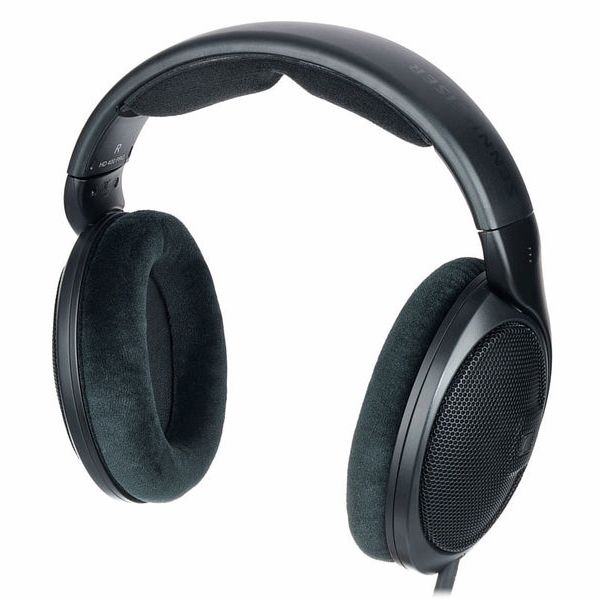
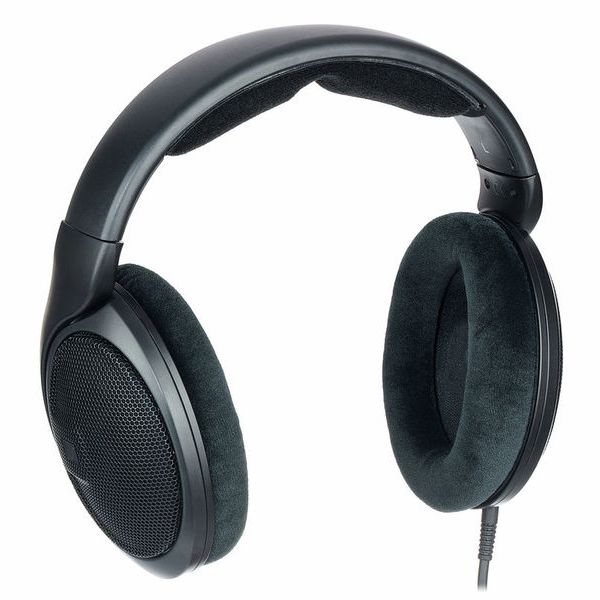
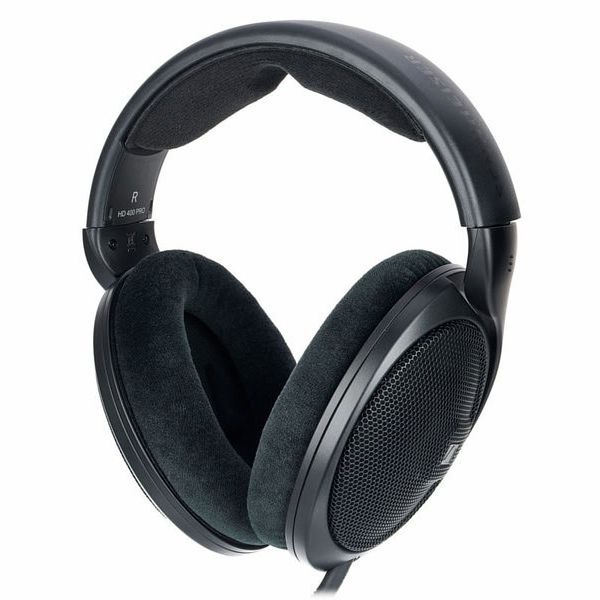
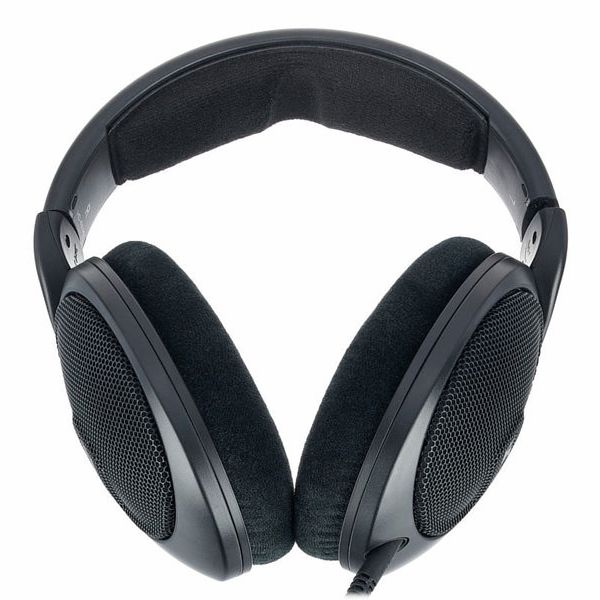
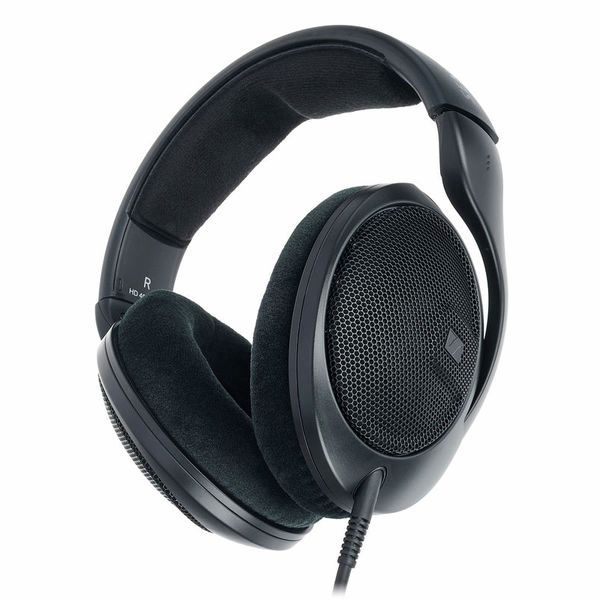
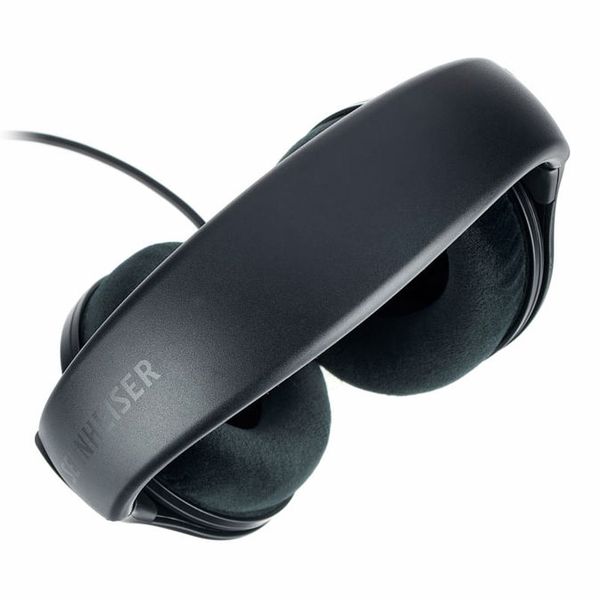
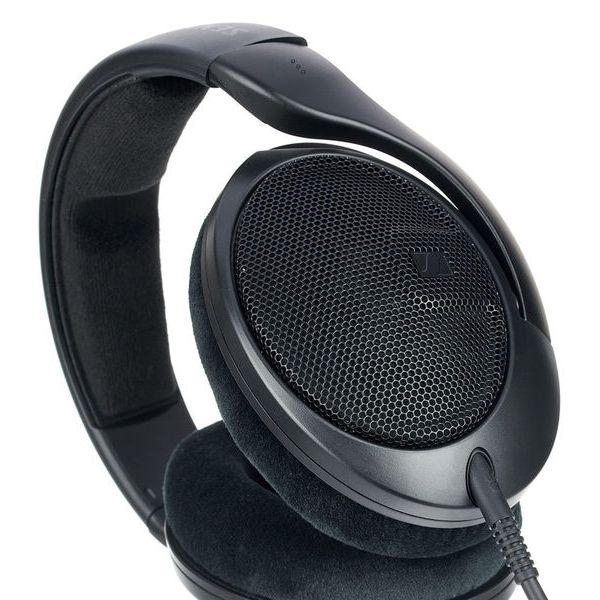
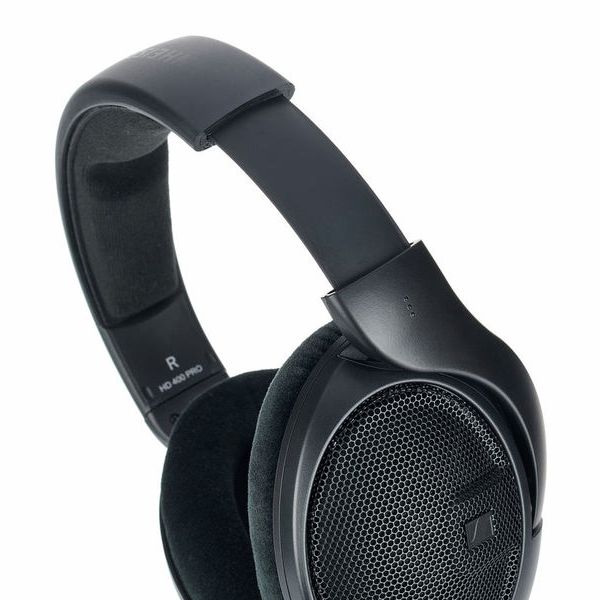
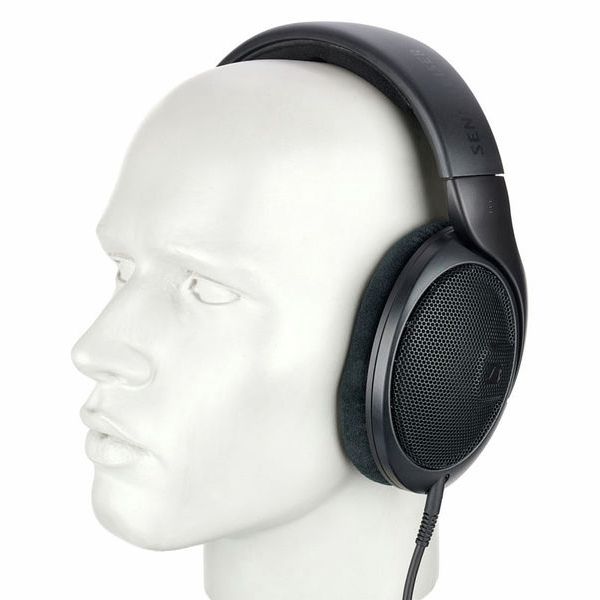
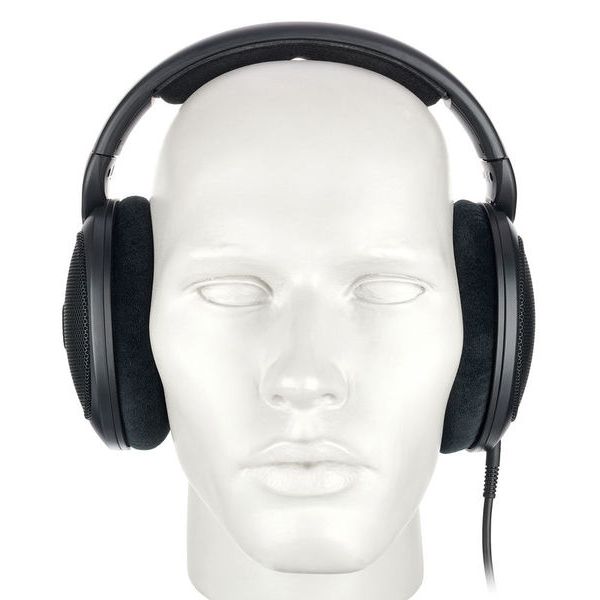
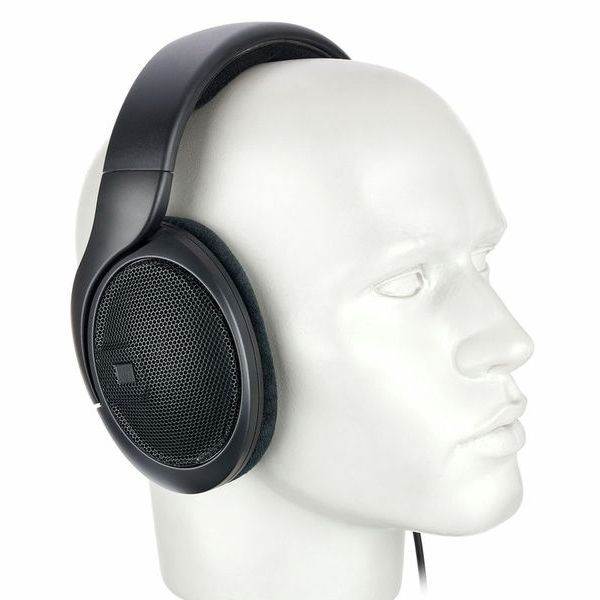
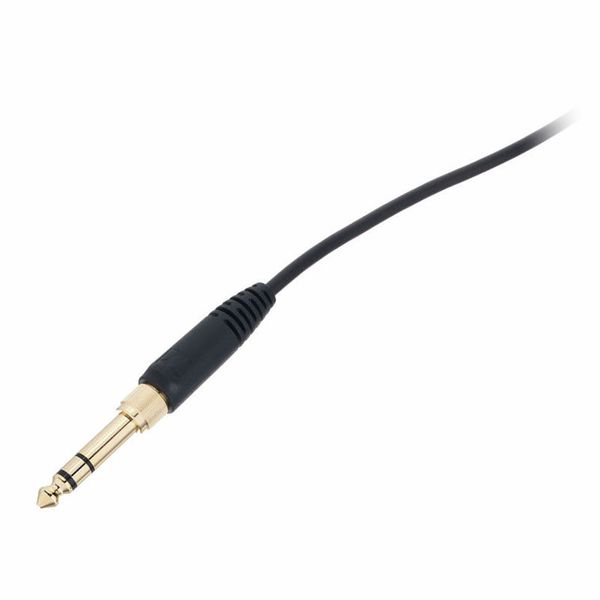
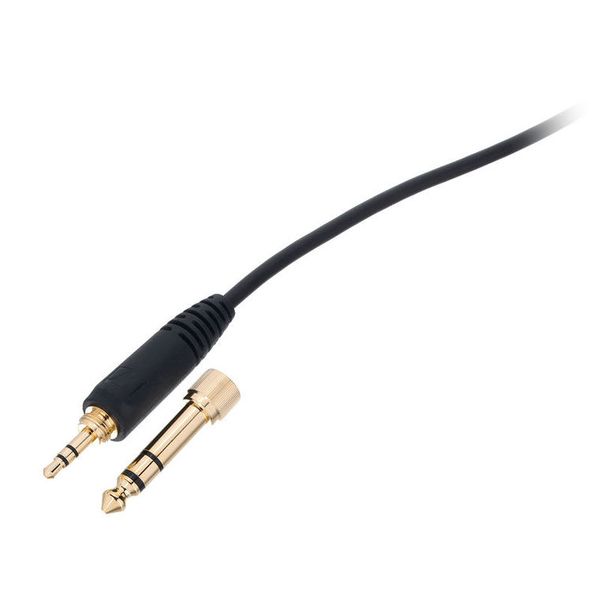














)
)
)


